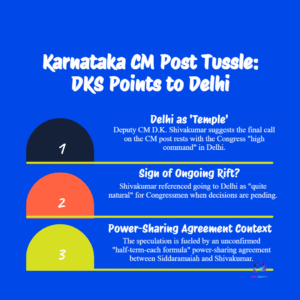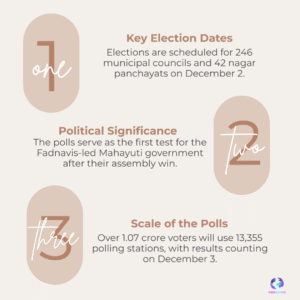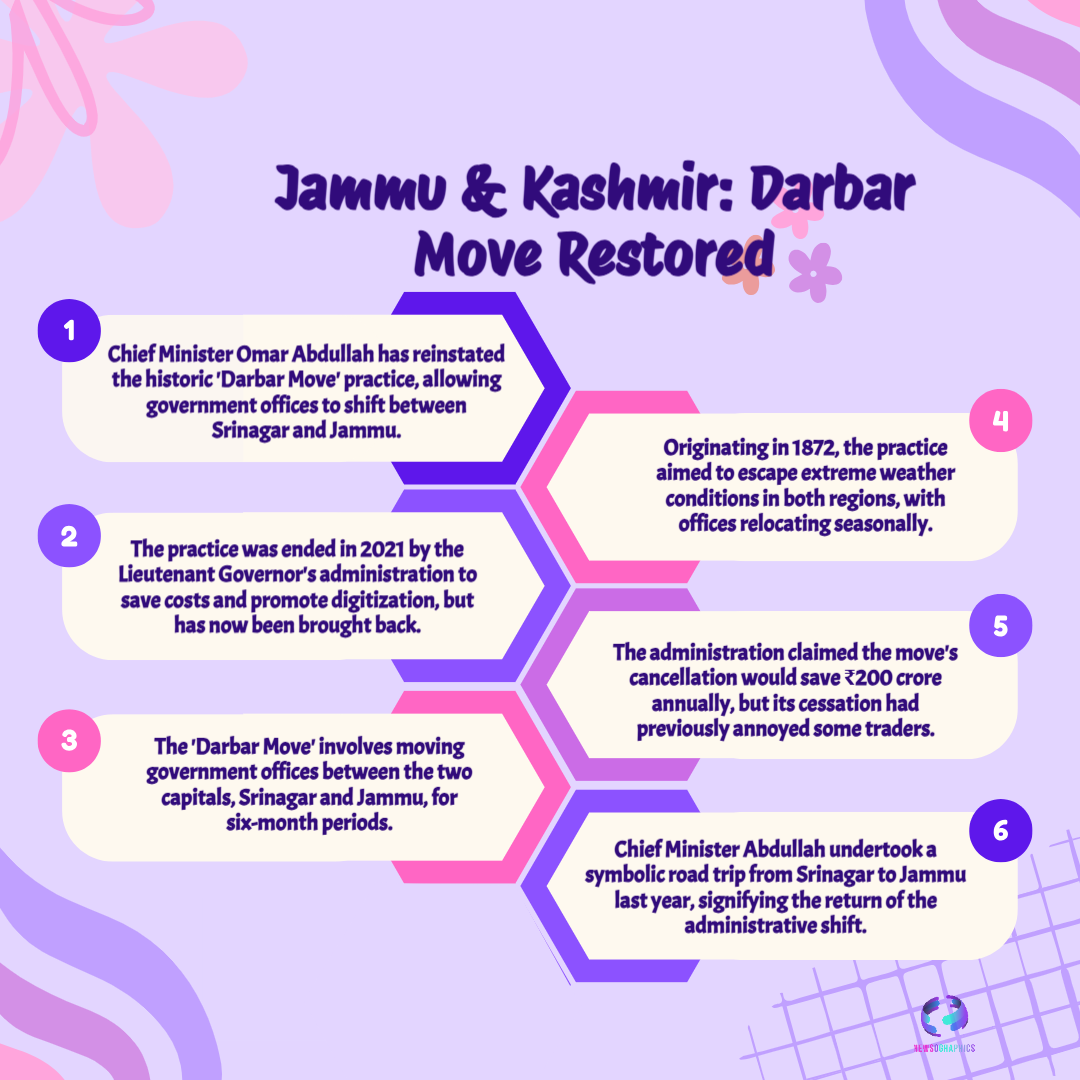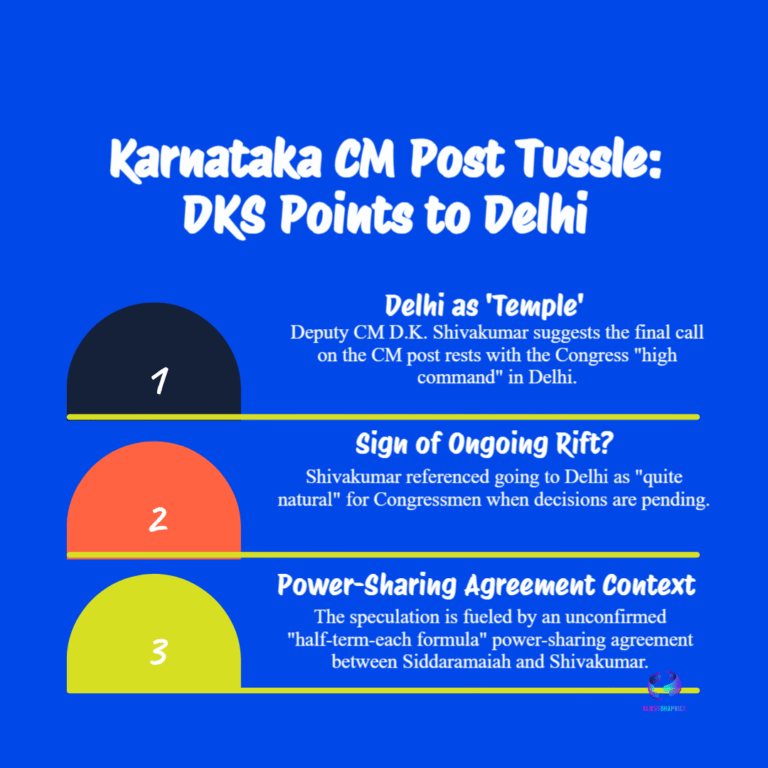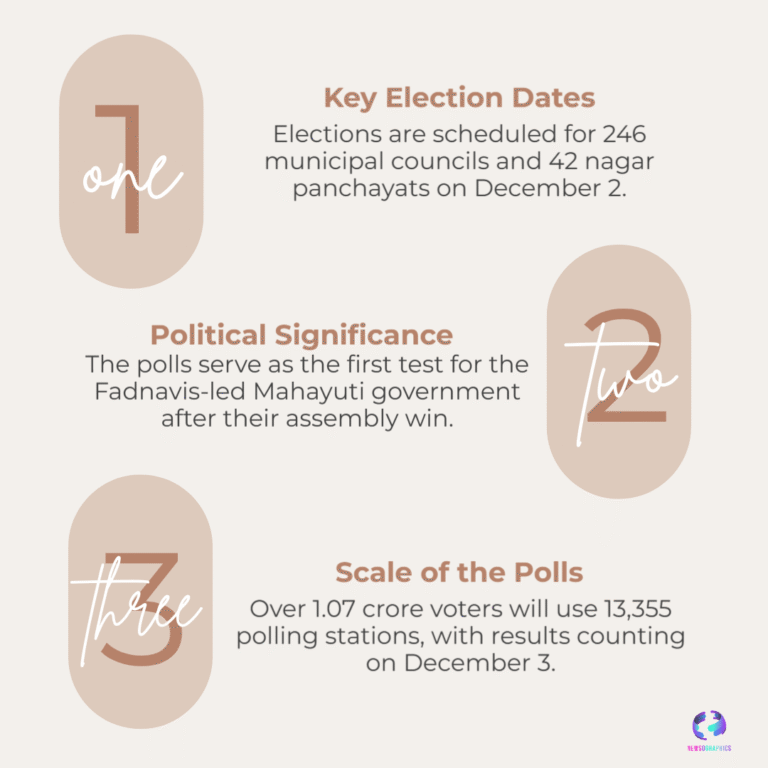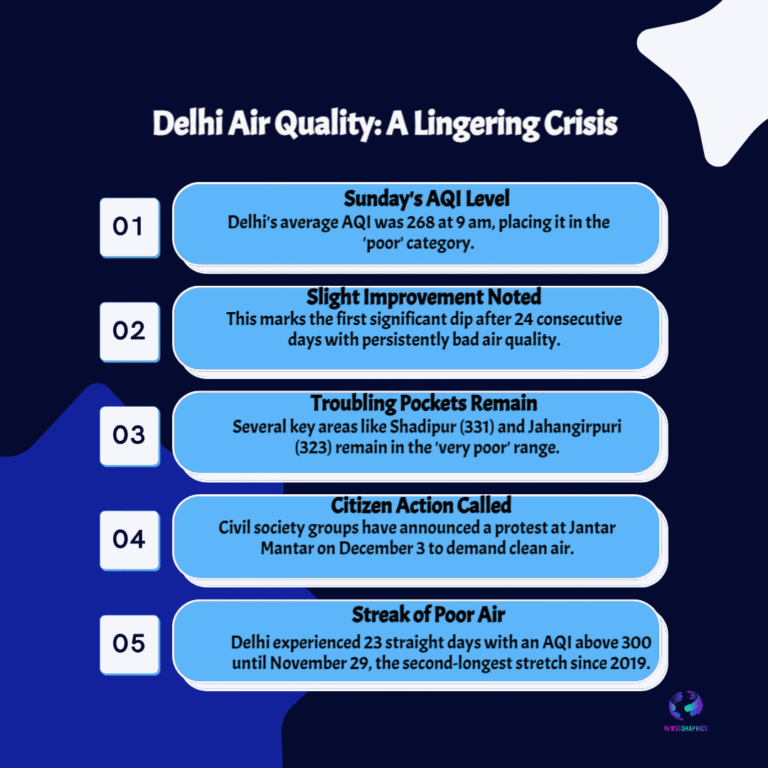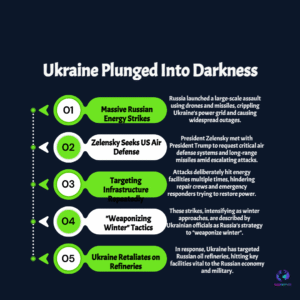Chief Minister Omar Abdullah has ordered restoration of the biannual Darbar Move from October 31, 2025, reversing the 2021 suspension. Read what will move, who shifts in full or in camp, the history, savings debate and what this means for administration and local traders.
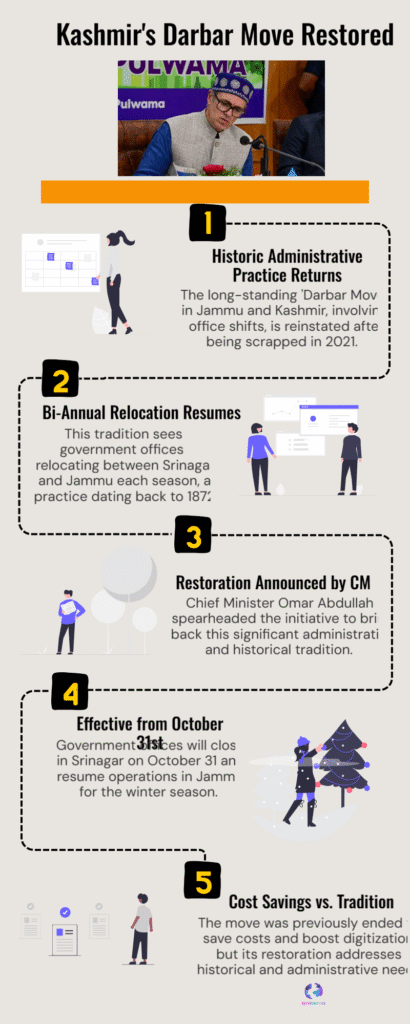
Chief Minister Omar Abdullah has announced the formal restoration of the Darbar Move in Jammu and Kashmir, with government offices set to shift from Srinagar to Jammu from the evening of October 31, 2025, for the winter session. The cabinet-approved decision — signed by the Lieutenant Governor and issued by the General Administration Department — revives a 149-year-old practice that relocates the administrative machinery between the two capitals every six months. Historically begun under Maharaja Ranbir Singh in 1872, the Darbar Move moves secretariats, files and staff across the Jammu–Srinagar highway to avoid harsh weather and maintain twin-capital accessibility.
Under the new order, 39 departments including the Chief Minister’s Secretariat will move in full strength, while 47 offices will shift “in camp” with reduced staff (33% or a minimum of 10 officials). The logistical exercise involves transporting records, computers and equipment and re-establishing office operations in Jammu for the winter months. The move reverses the 2021 decision by the Lieutenant Governor’s administration to suspend the practice after e-office rollout, a move then justified as saving about ₹200 crore annually.
Supporters of restoration say the Darbar Move recognises historical practice, regional identity and traders’ concerns in Jammu who reported losses after the 2021 suspension. Critics highlight recurring cost, road risks on the Jammu–Srinagar stretch and administrative disruption. Practically, departments will update payroll, records access and camp arrangements; transport and security plans will be activated and contingency measures arranged for the highway transit. The restoration is both symbolic and functional — signalling a return to the twin-capital administrative rhythm while reopening debate on cost versus cultural and regional governance priorities in Jammu and Kashmir.

